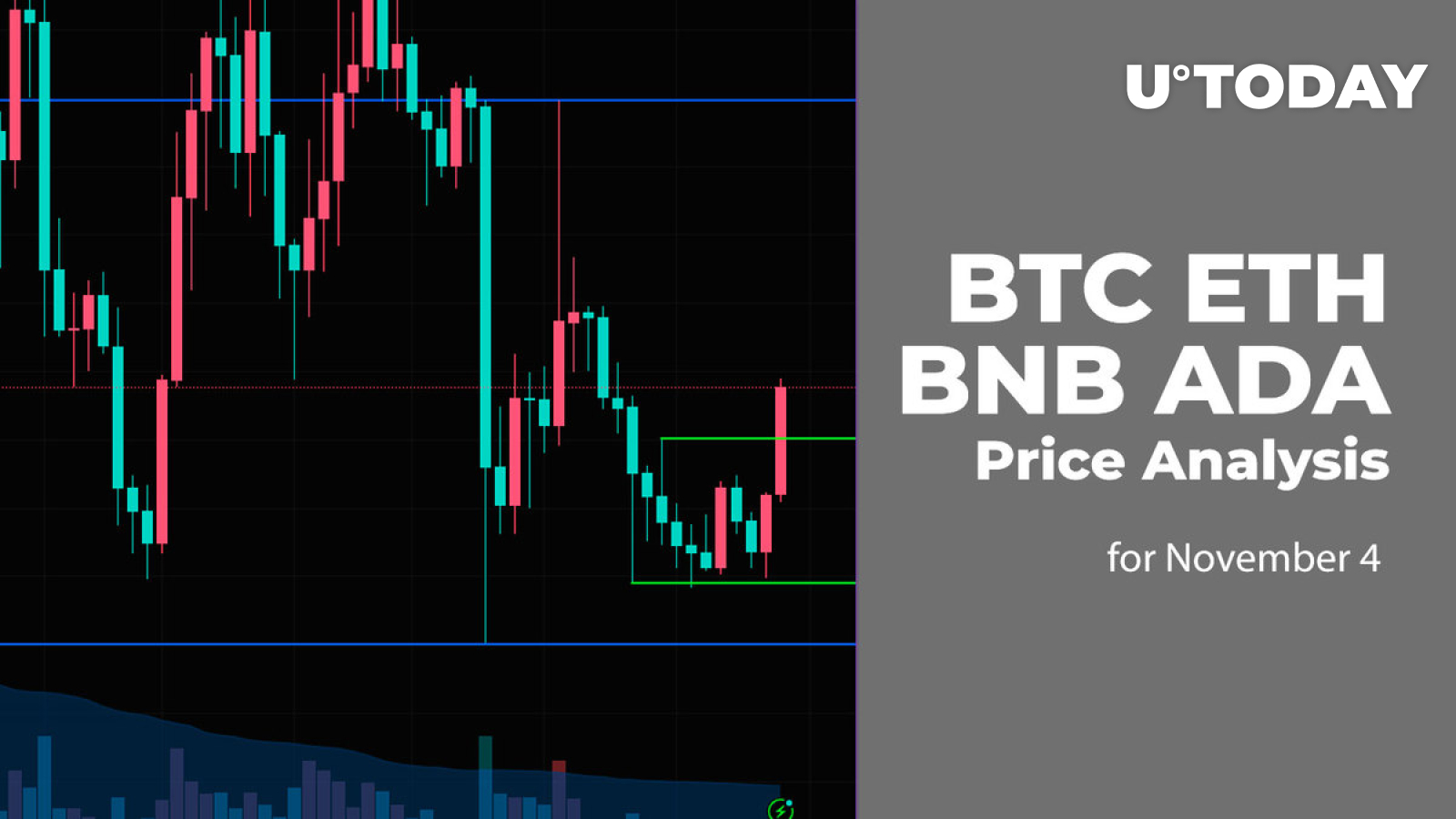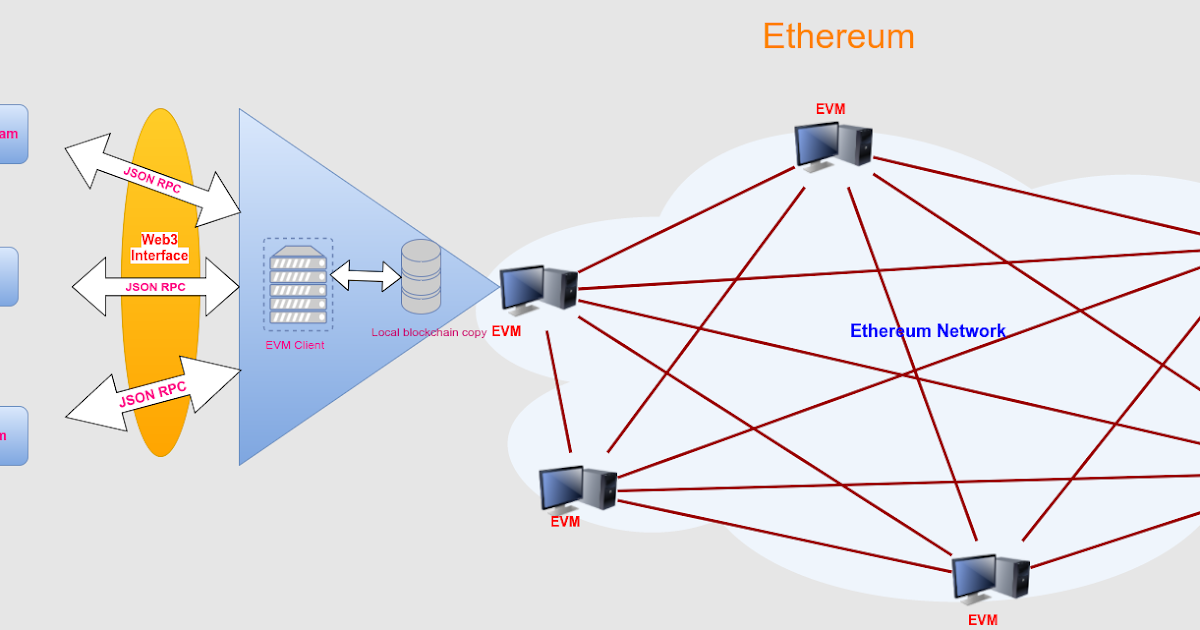Us Bitcoin Ether Etf Net Inflows Trends And Insights
With us bitcoin ether etf net inflows at the forefront, this discussion unravels the fascinating dynamics of cryptocurrency investments, revealing how these assets are attracting attention in today's market.
Bitcoin and Ether ETFs have emerged as significant players in the cryptocurrency landscape, offering investors exposure to these volatile assets through a more traditional investment vehicle. As the popularity of ETFs continues to rise, understanding their performance and the factors influencing net inflows becomes essential for potential investors.
Overview of Bitcoin and Ether ETFs
Exchange-Traded Funds (ETFs) have emerged as a pivotal element in the cryptocurrency market, offering investors a regulated way to gain exposure to digital assets. By allowing shares to be traded on major exchanges, ETFs provide a liquid means of investing in cryptocurrencies like Bitcoin and Ether without the need to hold the assets directly. This structure is particularly appealing to institutional investors who may be hesitant to engage with the often-fragmented world of cryptocurrency exchanges.Currently, several Bitcoin and Ether ETFs are making waves in the market.
Some notable examples include the ProShares Bitcoin Strategy ETF (BITO) and the Grayscale Ethereum Trust (ETHE). Both of these funds have garnered significant attention and investment since their inception. Historically, Bitcoin ETFs, in particular, have demonstrated substantial growth, with the price of Bitcoin and overall market sentiment positively influencing their performance.
Understanding Net Inflows

Net inflows, the difference between the total amount of money flowing into an ETF and the money flowing out, are a crucial metric in assessing the popularity and health of cryptocurrency ETFs. Positive net inflows indicate growing investor confidence and demand, while negative numbers can signal waning interest. Tracking these flows is essential for investors looking to gauge market sentiment and the performance of these funds.Net inflows for Bitcoin and Ether ETFs are measured by analyzing the daily and weekly changes in assets under management.
Reporting is typically conducted by ETF providers and can be found in financial news outlets. Factors influencing net inflows often include market performance, regulatory news, and overall investor sentiment towards cryptocurrencies.
Recent Trends in Bitcoin and Ether ETF Net Inflows
In the past year, Bitcoin and Ether ETFs have experienced notable fluctuations in net inflows. Bitcoin ETFs have seen a resurgence, with significant net inflows observed in the wake of institutional adoption. Conversely, Ether ETFs have had a mixed performance, reflecting the volatility of the Ethereum network and market sentiment.Recent data highlights that Bitcoin ETFs have consistently outperformed Ether ETFs in terms of net inflows.
For instance, while Bitcoin ETFs reported net inflows of over $1 billion, Ether ETFs saw a more modest figure of around $300 million. Notable spikes in net inflows for Bitcoin ETFs were driven by positive regulatory news and increased institutional interest, while Ether ETFs faced downturns linked to network issues and broader market corrections.
Impact of Market Conditions on Net Inflows
Market volatility has a substantial impact on net inflows for both Bitcoin and Ether ETFs. During periods of high volatility, such as market corrections or significant price drops, investors often pull back on their investments, leading to reduced net inflows. For example, the market downturn experienced in May 2021 saw a drastic decline in net inflows across many cryptocurrency ETFs.Specific market events, such as regulatory announcements or macroeconomic developments, can also trigger significant changes in ETF net inflows.
For example, a favorable decision from a regulatory body regarding Bitcoin ETF approval can lead to a surge in investor interest, whereas negative news regarding security breaches or regulatory crackdowns can have the opposite effect. Ultimately, investor sentiment—shaped by these factors—plays a critical role in their decision to invest in these ETFs.
Regulatory Environment and Its Effect
The regulatory landscape significantly influences net inflows for Bitcoin and Ether ETFs. Regulatory decisions can either bolster investor confidence or create uncertainty. Recent regulatory moves, such as the approval of Bitcoin ETFs in various jurisdictions, have positively impacted inflows, signaling a growing acceptance of cryptocurrencies in mainstream finance.Key regulatory bodies, including the U.S. Securities and Exchange Commission (SEC) and the Commodity Futures Trading Commission (CFTC), oversee the approval and monitoring of these ETFs.
Their decisions can instigate swift changes in market dynamics, with investors closely watching regulatory news to gauge potential impacts on their investments.
Future Predictions for ETF Net Inflows
Looking ahead, projections for net inflows into Bitcoin and Ether ETFs remain optimistic, driven by institutional adoption and increasing retail interest. Analysts anticipate that the upcoming year could see Bitcoin ETFs continuing to attract a significant influx, potentially reaching new record levels as more institutions look to diversify their portfolios.Technological advancements, such as improvements in blockchain technology and the integration of more robust security measures, are expected to further enhance ETF performance.
Additionally, the entry of institutional investments into the cryptocurrency space could provide a substantial boost to net inflows, especially as more traditional financial institutions offer cryptocurrency-related products.
Comparative Analysis of Bitcoin vs. Ether ETFs

Investing in Bitcoin and Ether ETFs presents distinct advantages and disadvantages. Bitcoin ETFs are typically viewed as a more stable investment, given Bitcoin's status as the first and most recognized cryptocurrency. In contrast, Ether ETFs may offer higher growth potential due to Ethereum's innovative technology and broader application spectrum in decentralized finance (DeFi).Historically, Bitcoin has attracted more net inflows compared to Ether, largely due to its established market presence and lower volatility.
For instance, many institutional investors have favored Bitcoin as a 'digital gold,' while Ether, although promising, is often seen as riskier.Case studies illustrate this trend: some investors have opted for Bitcoin ETFs during bullish market phases, capitalizing on Bitcoin's price rally, while others have taken calculated risks with Ether ETFs, banking on Ethereum's expanding role in the NFT and DeFi markets.
The outcomes have varied, with Bitcoin investors often enjoying steadier gains, while Ether investors have experienced both rapid growth and significant corrections.
Investment Strategies Involving Bitcoin and Ether ETFs
For investors looking to incorporate Bitcoin and Ether ETFs into their portfolios, a structured framework can enhance decision-making. Key strategies involve diversifying holdings between both assets to balance risk and reward. Utilizing dollar-cost averaging can also mitigate the impact of market volatility, allowing investors to accumulate shares over time at various price points.Risk management techniques specific to cryptocurrency ETFs should be employed, such as setting stop-loss orders to limit potential losses during downturns.
Furthermore, timing investments based on net inflow trends can provide an additional edge. Monitoring the market for spikes in net inflows can signal optimal entry points, while declining inflows may indicate the need to reassess exposure to these assets.
Last Word

In conclusion, the trends surrounding us bitcoin ether etf net inflows highlight the evolving nature of cryptocurrency investments, underscoring the impact of market conditions, regulatory changes, and investor sentiment. As we look to the future, staying informed on these developments will be key for anyone considering investments in the ETF space.
Clarifying Questions
What are Bitcoin and Ether ETFs?
Bitcoin and Ether ETFs are exchange-traded funds that allow investors to buy shares representing a basket of these cryptocurrencies, providing exposure without the need to hold the assets directly.
How are net inflows measured for these ETFs?
Net inflows are calculated by subtracting the total outflows from the total inflows of funds into the ETF over a specific period.
What factors can influence net inflows in Bitcoin and Ether ETFs?
Factors include market performance, investor sentiment, regulatory developments, and macroeconomic conditions.
Why are net inflows important?
Net inflows indicate the level of investor interest and confidence in the ETF, which can impact its price and overall market stability.
What role does regulation play in ETF net inflows?
Regulations can either encourage or deter investment in ETFs, affecting net inflows based on the perceived stability and legitimacy of the market.

